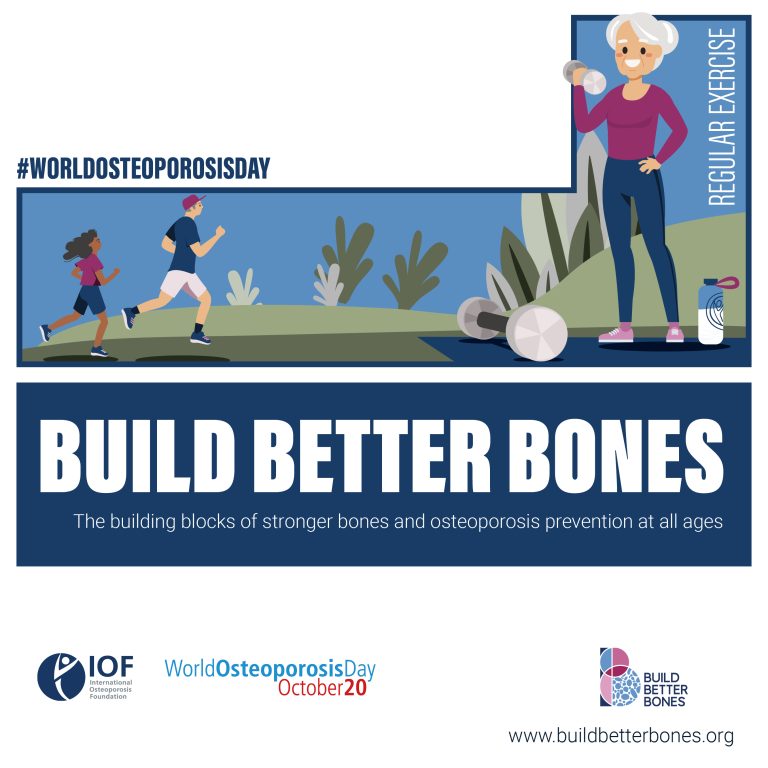Are you curious about the structure and function of our bones? Understanding the anatomy and physiology of healthy bone tissue is essential to grasp the pathophysiology of osteoporosis. Let’s take a closer look at this fascinating topic!
Bone Anatomy – the structure of bone
Our bones are made up of cells, fibers, and a mineralised matrix that gives them strength and rigidity. The bone cells include osteoblasts, osteocytes, and osteoclasts, which respectively build, engineer, and recycle bone tissue. The bone matrix is composed of collagen fibers and mineral crystals, such as calcium and phosphorus, that provide the bone with its unique properties. The periosteum is a thin layer of connective tissue that covers the outer surface of bones and contains blood vessels and nerves. The medullary cavity is a hollow space in the center of long bones that contains bone marrow, which produces blood cells.

Bone Physiology – the function of bone
Bones grow through ossification, a process that involves the formation of new bone tissue by osteoblasts. This process occurs throughout childhood and adolescence and is regulated by various hormones, such as growth hormone and estrogen. Bone remodeling is a continuous process of breaking down and rebuilding bone tissue, essential for maintaining bone strength. This process is regulated by hormones such as parathyroid hormone and calcitonin. Bones play a crucial role in maintaining calcium homeostasis in the body. When blood calcium levels are low, calcium is released from bones through the action of osteoclasts. When blood calcium levels are high, calcium is deposited back into bones through the action of osteoblasts. Bones can repair themselves after injury through a process called bone healing, which involves the formation of new bone tissue by osteoblasts.

Mechanotransduction
Interestingly, bones also have the ability to adapt to mechanical stress, through a process called mechanotransduction. This is where cells convert mechanical signals produced by external loading into biochemical signals that regulate cellular activity. This adaptation is crucial to regulating bone remodeling in response to stress and maintaining bone strength.

Overall, understanding the anatomy and physiology of bone tissue provides a foundation for understanding the pathophysiology of bone diseases such as osteoporosis. The complex balance between bone formation and resorption is essential to maintaining bone strength and function. So, take good care of your bones, and don’t forget to learn some more on how you can optimise your cellular mechanotransduction!




